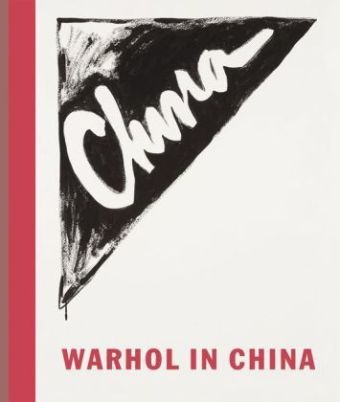Read more
Als Andy Warhol 1982 über Hongkong nach Peking flog und seine Eindrücke in knappen Tagebuchnotizen und ausführlich fotografisch festhielt, sah er sich einer chinesischen Hauptstadt gegenüber, die kaum kommerzielle Einflüsse zeigte und kurz vor einer gewaltigen Wende stand. Warhol gelangen an diesem entscheidenden Wendepunkt Fotos, die heute neben ihrem künstlerischen auch einen dokumentarischen Wert haben. Nach den dramatischen Verwerfungen der Kulturrevolution konnte in dem streng überwachten und gleichgeschalteten Riesenreich erst nach Maos Tod 1976 mit der vorsichtigen Öffnung des Landes eine Kunstszene entstehen. Neue künstlerische Strategien und Materialien hielten Einzug, die Künstler der Gruppe The Stars, unter ihnen Ai Weiwei, verarbeiteten offensiv Einflüsse von Andy Warhol und anderen Protagonisten der Pop-Art in ihren Werken. Andy Warhols millionenfach vervielfältigter Siebdruck Mao (1972) wurde für sie zum Ausgangspunkt einer kritischen künstlerischen Auseinandersetzung mit den Symbolen der kommunistischen Staatsführung.
About the author
Andy Warhol (Andrew Warhola) wurde 1928 in Pittsburgh geboren. Nach dem Studium am Carnegie Institute of Technology atablierte er sich in New York als erfolgreicher Graphikdesigner. Anfang der fünfziger Jahre begann mit ersten Ausstellungen seine Karriere als Künstler. Neben Bildern, die heute zu den Ikonen der Kunstgeschichte des letzten Jahrhunderts gehören, entstanden Filme, später auch Bücher, eine Zeitschrift und Fernsehshows. Andy Warhol starb 1987 in New York.
Summary
When Andy Warhol (1928–1987) flew to Beijing via Hong Kong in 1982 and captured his impressions in brief journal entries while at the same time taking a host of photographs, he encountered a capital that displayed hardly any commercial influences and was on the verge of an enormous transition. At this decisive turning point, Warhol succeeded in producing images that besides their artistic value also have documentary merit. Following the dramatic upheaval brought about by the Cultural Revolution, it was not until after Mao’s death in 1976 and the careful opening of the country that an art scene was able to emerge in the vast, tightly controlled empire in which the entire population had been forced into line. New artistic strategies and materials found their way into China; The Stars, a group of artists to which Ai Weiwei also belonged, offensively processed influences by Andy Warhol and other protagonists of Pop Art in their work. Warhol’s silkscreen print Mao (1972), reproduced millions of times, became their point of departure for a critical artistic examination of the symbols of the communist government.

